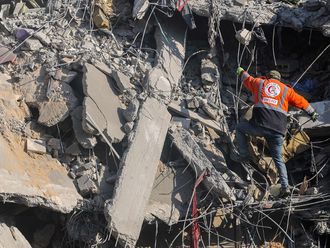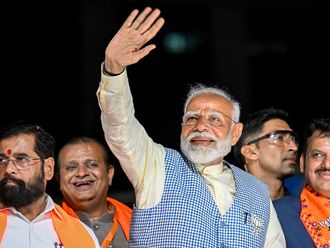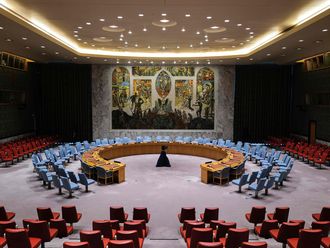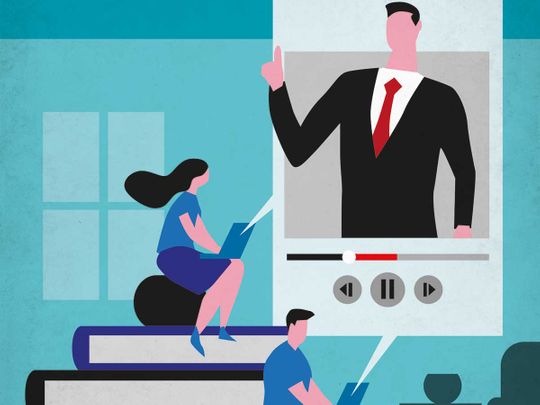
As a precautionary measure to limit the spread of coronavirus infection, the UAE has decided to close schools, colleges and universities for four weeks. Teachers, faculty and educational leaders in the country are scrambling to keep the students engaged during this break period.
In the last few days, a flurry of activities in staff rooms, labs, studios and meeting rooms of various educational institutions addressed the unprecedented situation of delivering structured learning using a range of technologies and pedagogies.
By now the students and parents in the UAE have received letters from schools and universities explaining how the break-time must be utilised, and how teaching will be delivered during these four weeks.
Delivery platforms
A number of platforms and tools (some known and some unknown) including Blackboard Learn, Google Class, Moocs, Moodle, Edmodo, TED-Ed, Kahoot etc have been mentioned that would be used to deliver education.
However, these are mostly delivery platforms and not content creators. When it comes to online education, one of the biggest challenges in this part of the world is the lack of custom made, culturally sensitive and contextually appropriate content that could complement learning and teaching.
Often the unprecedented amount of unfiltered and unsubstantiated information available online makes it difficult for the students to choose the correct content.
Those who are in schools and universities today are technology-savvy and they spend most of the waking hours on different types of screens. All we need is the will to better compliment learning by making education accessible on any platform, anywhere and at any time
A few institutions in the UAE have been proactively engaged in changing learning pedagogies to benefit from a range of new educational technologies to provide better learning experiences to the students. The Amity University in Dubai has made several efforts to strategise and develop courses and learning content for more than 30 different programmes (in fields like Engineering, Business and Humanities and Arts Schools).
Flipped Learning Project
The Flipped Learning Project, which blends face-to-face learning with an independent study using video, audio, motion graphics, animation and web-based technologies allows students to access learning content anytime, anywhere and on any platform.
Flipped learning is expected to be a very valuable and effective tool during the prevailing coronavirus emergency. The university is making the content worth 400 hours available on various curriculum-centric topics to its undergraduate and postgraduate students who can access it remotely from any part of the world.
Apart from offering a flexible learning opportunity to the students, the project releases teachers from lecturing. Instead, teachers can utilise time with students online to help them resolve problems, develop real-time assessments and focus on more individualised learning.
Though the concept of flipped learning, first popularised by Harvard Professor Eric Mazur in 1990s, there is a renewed interest especially during the times of emergencies when conventional classroom becomes impossible or irrelevant to operate.
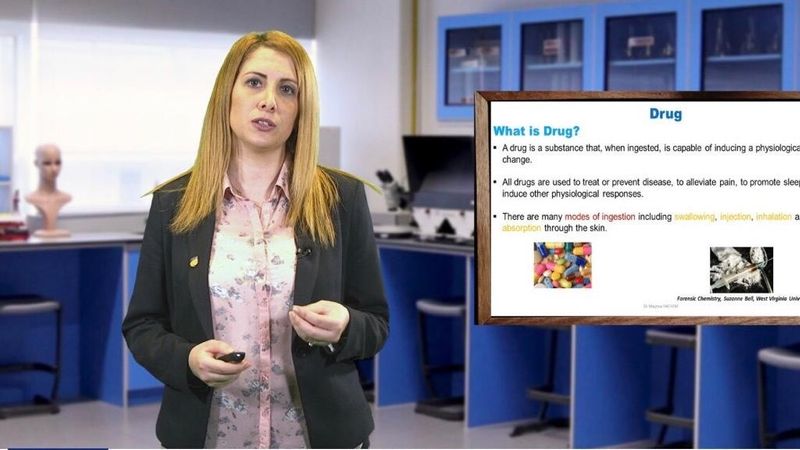
It is true that we all are taken by a surprise by the enormity of the challenge we face, but at the same time, this challenge has exposed our over-reliance on the dated classroom-based and teacher-centric education model.
Though technology, especially communication and educational technology, the world has made huge strides in last few decades. Our education system with the classroom as the epicentre has not embraced new technologies and tools to innovate and disrupt the fossilised means and measure of delivering and assessing learning.
The classroom provides a fixed angle where student, like the theatre audience, have no control over learning. In this ‘theatre of absurd’, the teacher is all-powerful while the powerless students are lectured.
In fact, in many educational institutions, the prevailing mode of teaching is similar to those teaching practices of the 1950s, with large classes, mostly lecture-based, with hardly any room for student-centric and individualised learning.
UAE leading the way
In a country where mobile connectivity and broadband penetration is among the highest in the world, we must fully harness the educational technology to further improve teaching and learning.
Those who are in schools and universities today are technology-savvy and they spend most of the waking hours on different types of screens. All we need is the will to better compliment learning by making education accessible on any platform, anywhere and at any time.
While the government is doing its best to prevent the spread of coronavirus infection and the scientists’ world over are working day and night to find a cure for this deadly disease, it is time for educationists and academics to step up their game and transform the classroom to make learning less place-specific.
The coronavirus infection is threatening the global economy. This epidemic is creating unprecedented situations which need unprecedented solutions. The situation is bad but this crisis does allow us to improve our practices and perfect our strategies.
Our educational system should lead the way in this process. We need to keep our practices and approaches relevant in this age of technology and disruption.
— Dr Fazal Malik is dean of Humanities, Arts and Applied Sciences at Amity University Dubai


